This story was produced by City Bureau
Catholic churches in Pilsen have played vital roles in its immigrant communities. Since their founding, they have served as places of worship and at various times have provided important social services—like housing, violence prevention, food pantries and counseling—to neighborhood residents.
Given their proximity to each other, it’s not uncommon for Pilsen residents to have ties with multiple parishes. For people who aren’t connected to the church, or have a personal relationship with the buildings, it’s easy to confuse St. Vitus for St. Pius V, Providence of God for St. Procopious.
“Our family has been going to St. Pius church my entire life. Growing up that’s the place where we would go for Sunday Mass but we would also do some our holy sacraments at St. Paul,” says Veronica Castro, thirty-eight, lifelong Pilsen resident. “I went to Catholic grammar school at St. Stephen’s, that’s now Cristo Rey. Then my siblings, a couple of them, ended up going to St. Ann. So basically we kind of have connections to most of the Catholic churches in the area. I think that’s a little bit of a norm.”
In 2016, the Catholic Archdiocese of Chicago announced its plan to consolidate six Pilsen parishes into three. Since then, St. Ann has been sold, Providence of God merged with St. Procopious and St. Adalbert is still fighting to remain open. The Archdiocese cited demographic changes in Pilsen, which has led to declining attendance, amongst the reasons for the consolidation. But even as families are displaced from their longtime neighborhoods, they still seek the tight social bonds that the church has traditionally offered.
“People try to stay in community, though,” says Castro. “You see a lot of folks who leave the neighborhood and still come back to eat at the local restaurant and come back to go to church on Sundays. But it’s becoming harder and harder to hold on to that. We’re seeing a real change in who is here, for sure.”
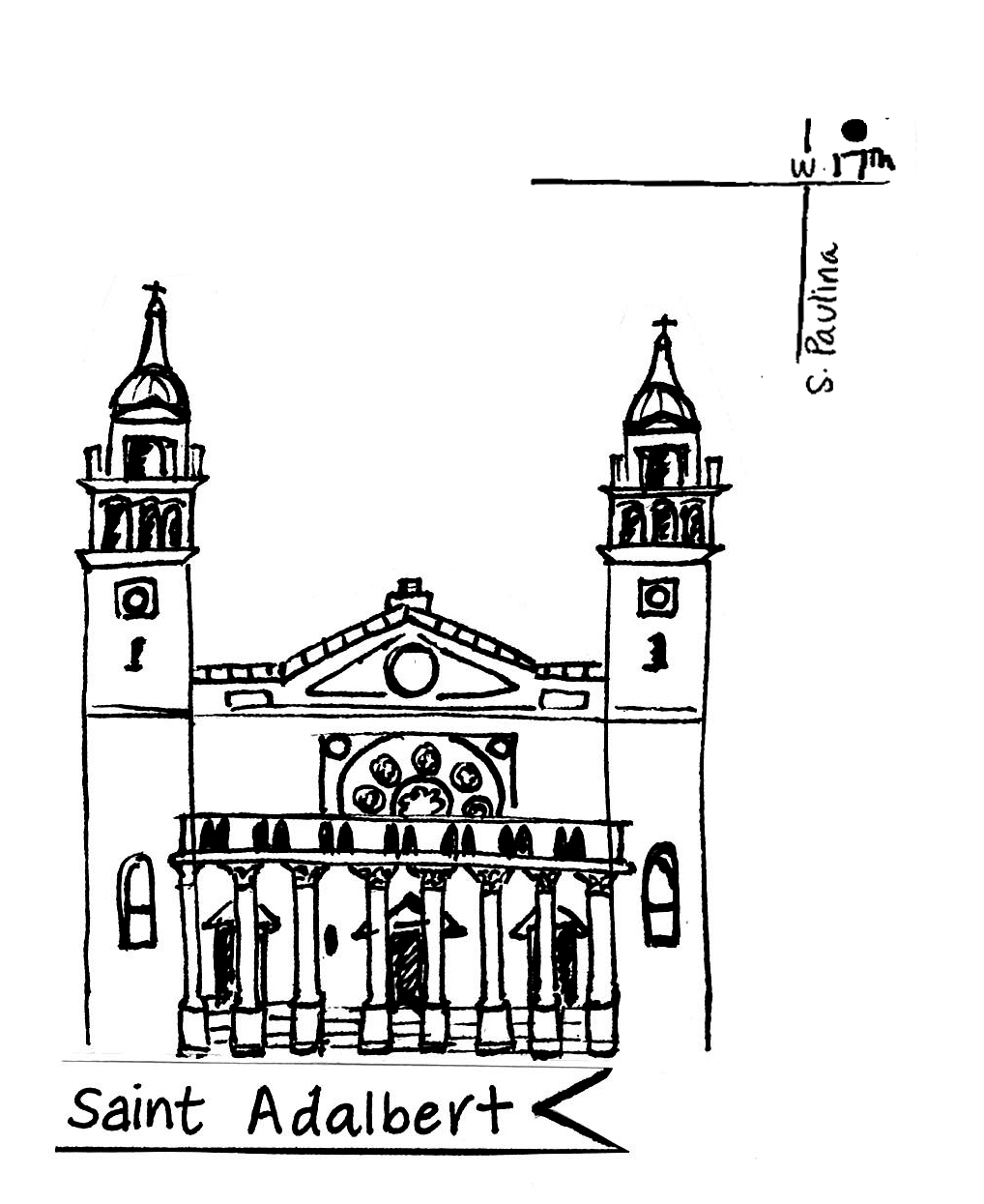
St. Adalbert
- Parish founded by Polish immigrants in 1874
- Interior modeled after “Basilica of St. Paul Outside the Walls” in Rome. St. Adalbert’s 185-foot twin towers are the tallest structures in Pilsen
- Slated for closure in 2016, a deal to sell the church to Chicago Academy of Music Conservatory fell through in 2017 amid an appeal to the Vatican’s highest court
- The Archdiocese decided to combine the St. Adalbert parish with St. Paul’s, so now financial decisions for the former are made by a financial committee housed in the latter
- The church has been on the market since September of 2018 through SVN Chicago Commercial
- Mass is held in Polish on the first Sunday of the month at 8 a.m. There is an English Mass every Sunday at 10 a.m. and Spanish Mass every Sunday at 12 p.m.
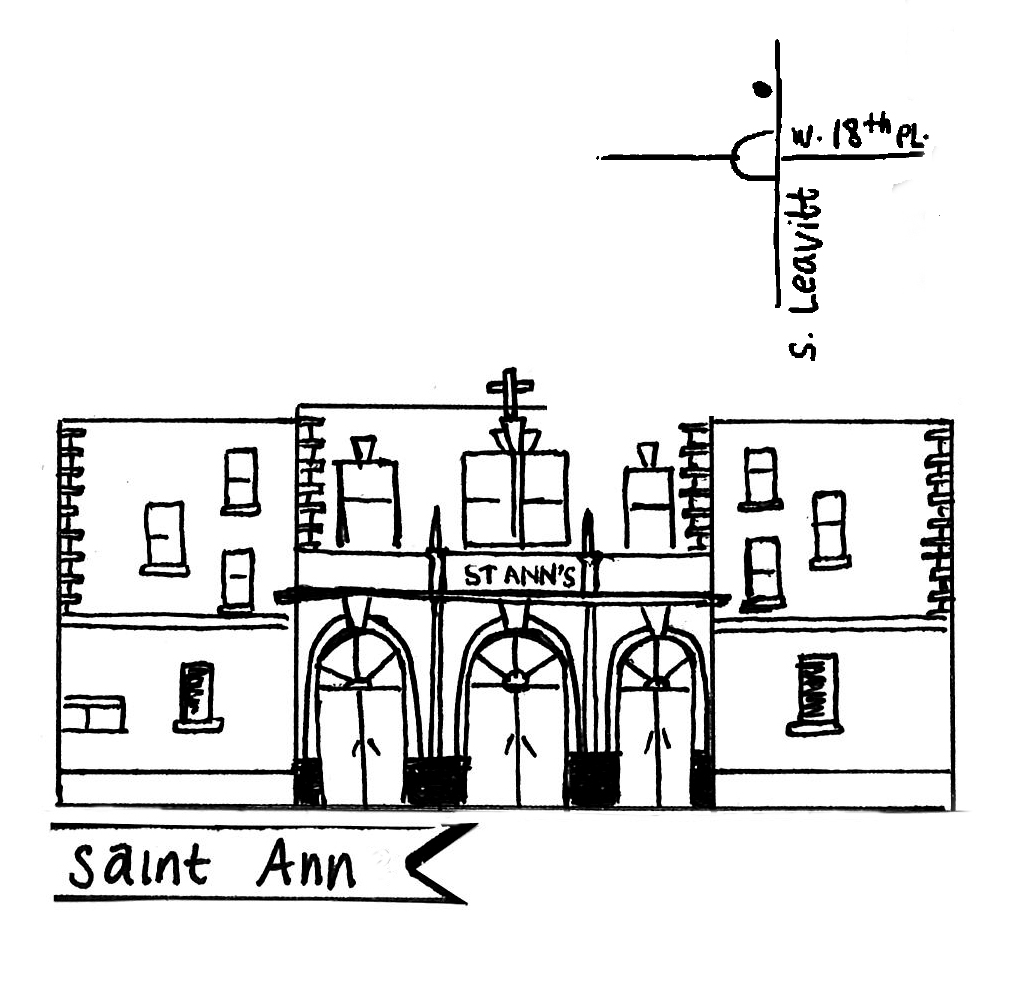
St. Ann
- Parish founded in 1903 to serve Polish immigrants who settled west of St. Adalbert
- A parochial school started classes the same year and boasted an enrollment of nearly 1,500 students within twenty years
- Slated for closure in 2016, the parish was merged with St. Paul
- Final Mass was held in summer of 2018, though the school remains operational
- St. Ann’s was sold to residential developer Evenlight Leavitt for $1.4 million in 2019
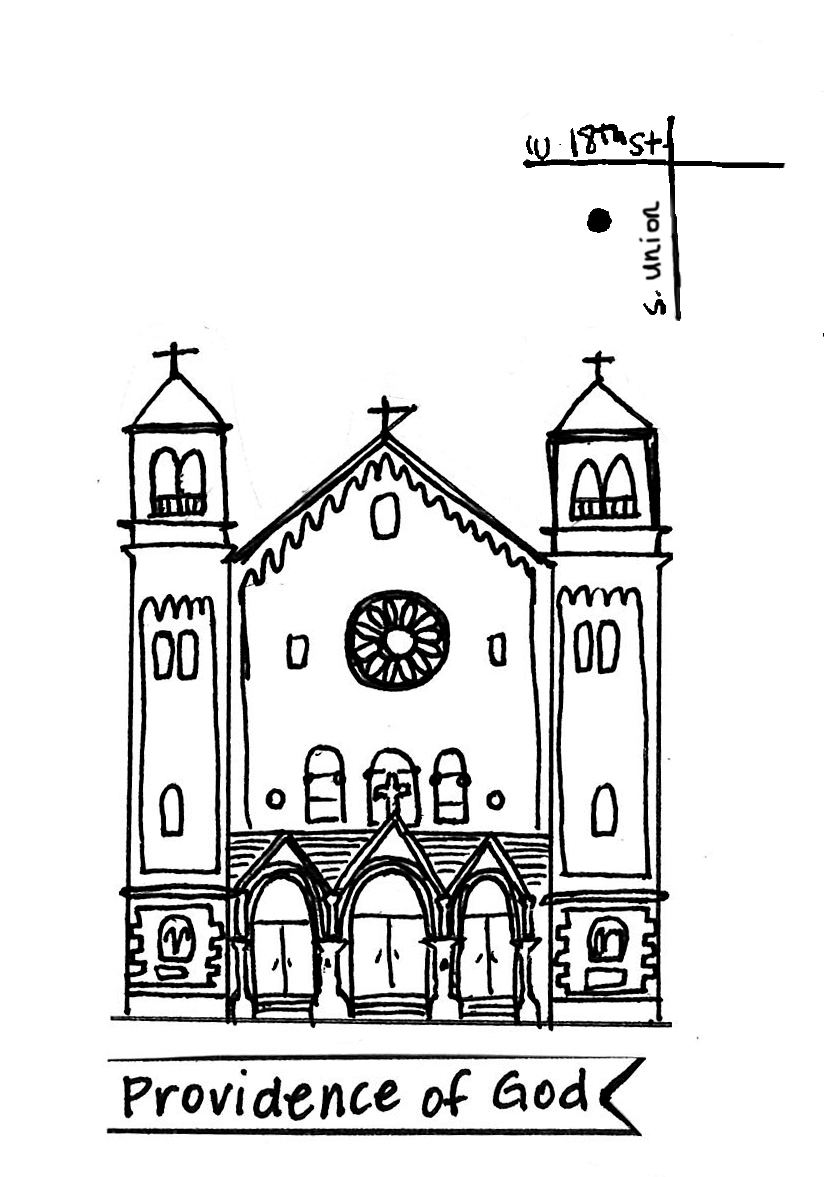
Providence of God
- Parish founded in 1900 for Lithuanian-speaking Catholics, the second of its kind in Chicago
- Began serving Mexican parishioners in the early 1960s
- Site of one of the largest Via Crucis processions in Chicago every Easter
- Satellite location for St. Procopius
- Regular Masses are no longer held in the church but parishioners can request to host their weddings or quinceañeras here
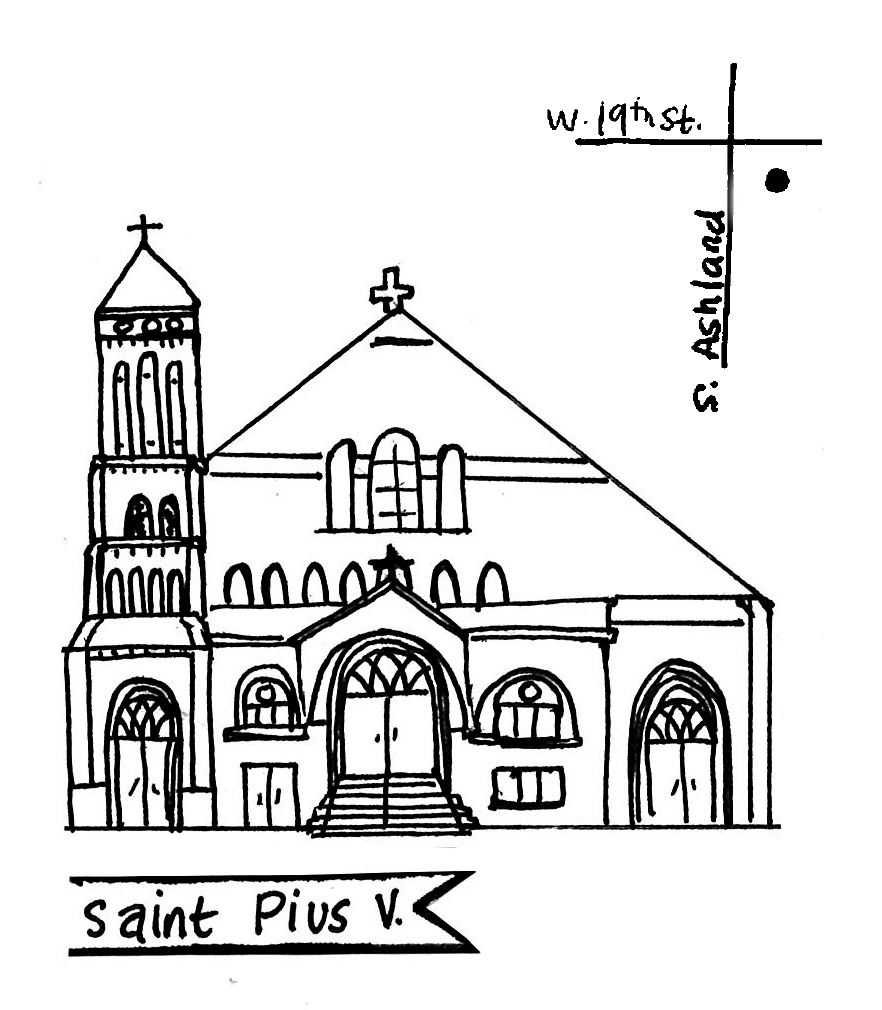
St. Pius V
- The Jesuits founded St. Pius in 1874 to serve Irish immigrants
- St. Pius V School was the first Catholic school accredited by Chicago Public schools
- In 1963, St. Pius became the first church in Pilsen to offer Mass in Spanish and has since continued to offer services—such as immigration consultations and a counseling program—for the Spanish-speaking community in Pilsen
- After the 2016 reconfiguration, St. Pius remains an active parish
- Masses are held every Sunday at 7:45 and 11:15 a.m. in English and in Spanish at 9:15 a.m., 1:15, 4:30, and 6:30 p.m.
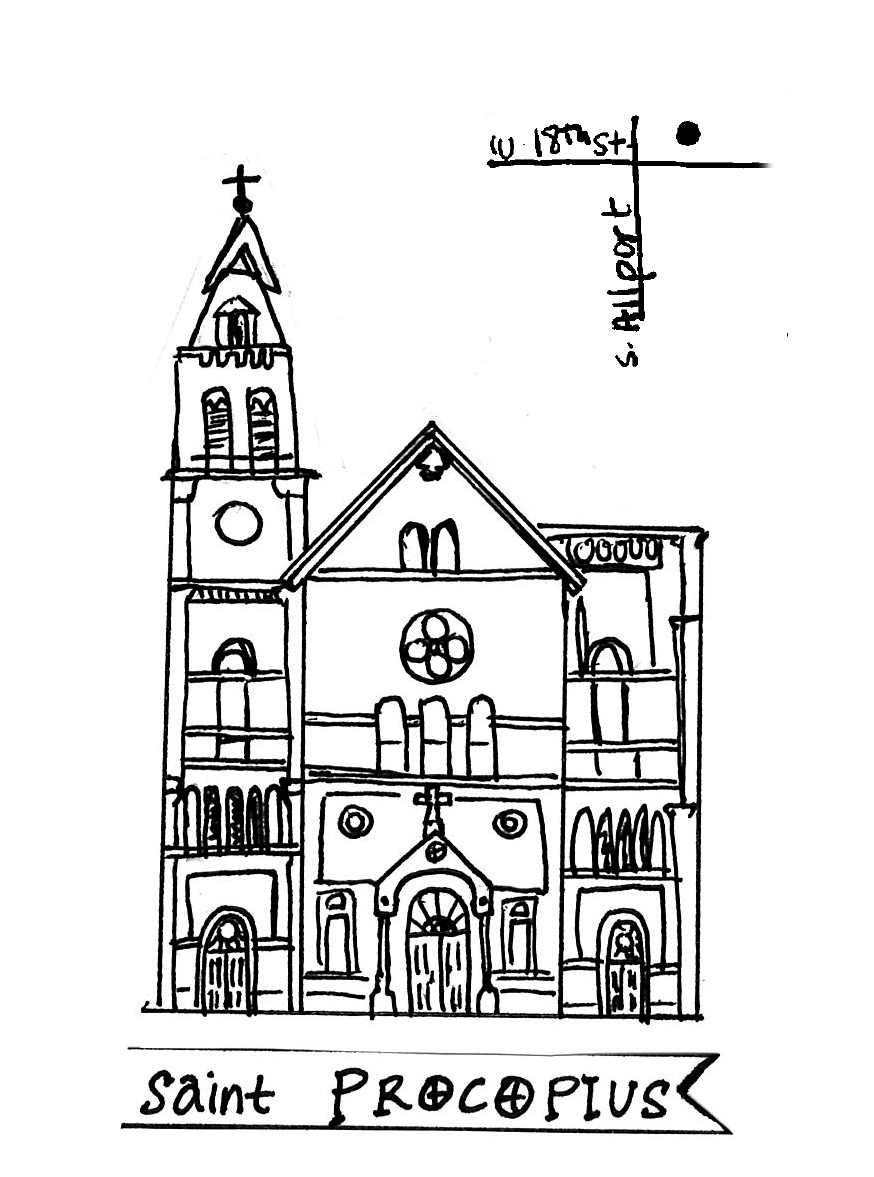
St. Procopius
- The parish and its school were established in 1876, and within five years ground was broken for a new church to accommodate the rapidly growing membership
- A Benedectine ministry made up- the St. Procopius community for most of the 20th century, and it created St. Procopius College Academy (now Benedictine University in Lisle) and the Bohemian Benedictine Press
- Massive renovations of the school, church and convent were completed in the mid 20th century. In 1992, the Jesuit order took over the parish with the intent of establishing an educational mission to meet the needs of the multilingual community in Pilsen.
- In 2016, the Jesuits ended their pastoral ministry at St. Procopius and the parish returned to being an Archdiocesan church. At this time the parish also absorbed the membership of Providence of God.
- Bilingual mass is held every Sunday at 7:45, Spanish masses at 9:15 a.m. and 12:45 p.m. and English masses at 11 am
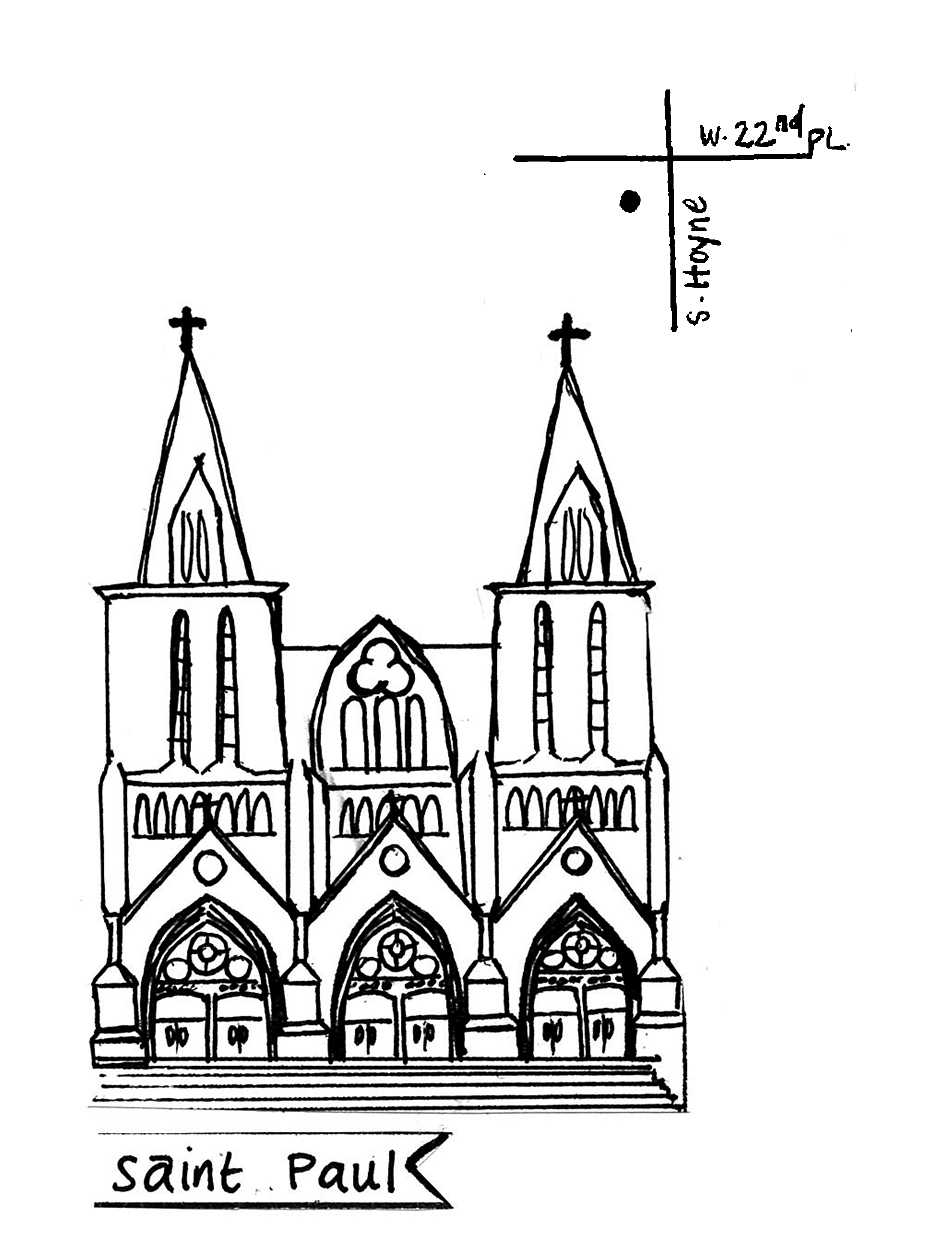
St. Paul
- The parish was founded by German families in 1876
- The first Gothic-style church built in the United States, it is described by the parish website as “the church built without a nail”
- The interior of the church is embellished with marble and mosaic art
- St. Paul’s parish now includes the former membership of St. Ann’s as a result of Pilsen’s 2016 church reconfiguration, and has been receiving worshippers from St. Adalbert as well.
- Masses are held every Sunday at 8 a.m. and noon in Spanish and at 10 a.m. in English
This story was produced by City Bureau, a civic journalism lab based in Woodlawn. Learn more and get involved at citybureau.org

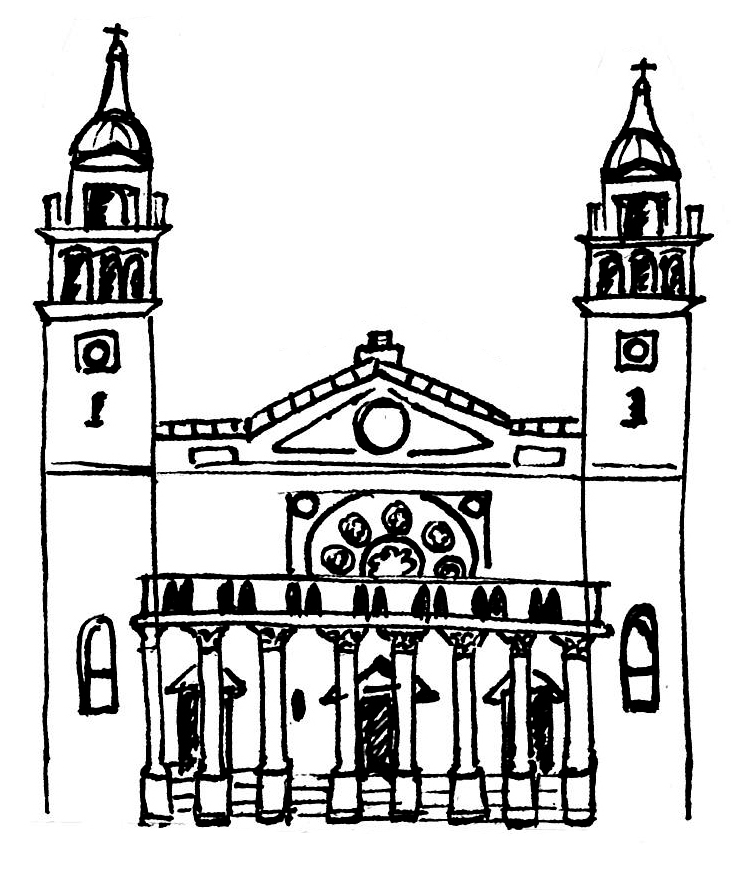
My parents were married, in 1939, at Providence of God church. I was Baptized there, in 1948, by Fr. Bruno Gricius. My aunt and uncle who lived at 1901 S. Halsted St, one block west of the church were parishoners there since there wedding in 1920 ! ! As stated here in this Diocese report, there had to be closings due to the “demographic change.” Draw your own conclusions from there. My father predicted this to happen in Chicago back in the late 1950’s. Sad to have seen this take place.
I have 15 pews 18 feet long that are free from First Christian Church of Aurora for pick up immediately.
630 879 6438